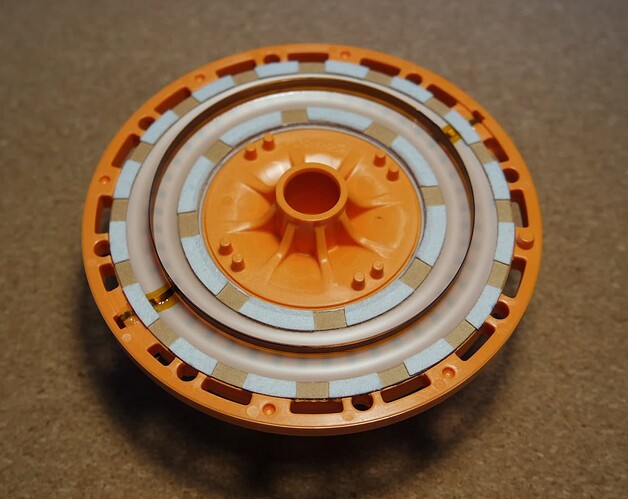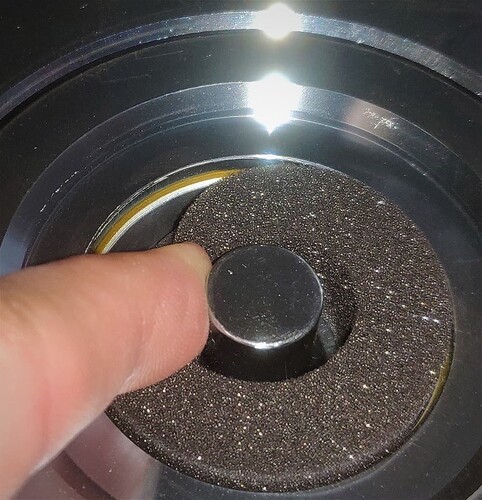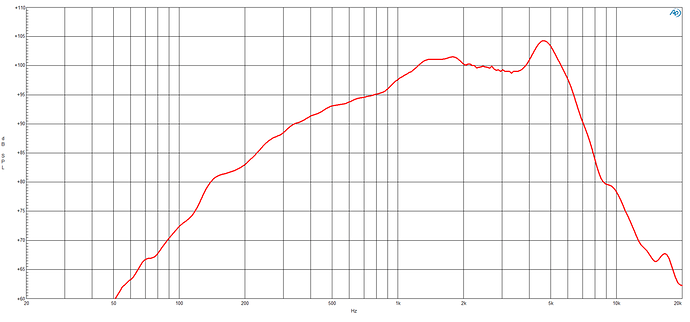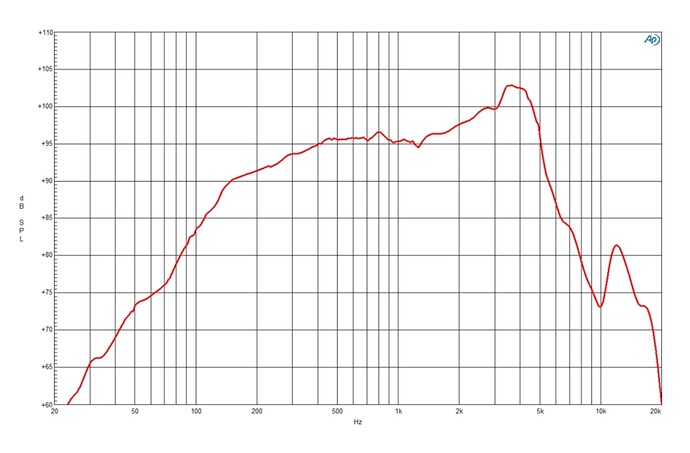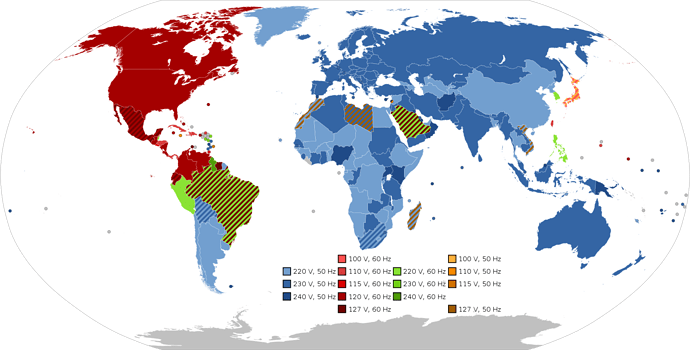what you have to understand is that a high inductance driver is very different than a low inductance driver in series with an inductor.
VC inductance is an electromagnet that modulates the magnetic flux of the permanent magnet in the pole piece potentially producing unwanted weirdness
this is why shorting aluminum and copper coils are called " flux demodulation rings " and not " inductance reducing rings "
induction can be equalized out. flux modulation can’t. well not electronically anyway - it can be equalized out with shorting rings - but those cost money.
shorting rings are one of the things separating high end drivers from entry level ones.
one other method to stabilize the flux in a driver is to saturate the gap with flux. if the flux is saturated it can’t really change much. but saturating the flux in the gap is only really feasible for high end tweeters and compression drivers where magnets are larger and gap is small. it is cost prohibitive in any driver that requires a sizeable VC gap.
once again though multi-way designs come to the rescue. since most energy in music is between 40 and 250 hz or so with a peak around 50-60 hz ( basslines and kick drum fundamentals ) we can isolate that energy to the subwoofer so that it only modulates the flux in the subwoofer’s pole piece. this way it won’t be able to modulate anything in the vocal range.
my philosophy is:
subwoofer handles kick drum funamentals
woofer handles kick drum harmonics
midrange handles the vocals
compression driver handles detail / intelligibility
by moving the energy of kick drum ( and similar power hungry sounds ) out of the driver responsible for the vocals we can enjoy unstressed vocal reproduction with the coil centered in the gap and the magnet’s flux remaining relatively unperturbed, especially if the midrange also features a shorting ring which the 8" Eighteen Sound Bucket does.
i mean just check this impedance curve:
it’s almost an impedance curve of a tweeter. there is virtually no inductance. and this is a 8" driver !
https://www.eighteensound.it/en/products/lf-driver/8-0/16/8NM610
just saying …
the other benefit of such a bucket driver is you don’t need to make an enclosure for it. it already has internal foam damping. and it can dissipate heat through the aluminum basket whereas if you make an enclosure for a regular driver out of MDF it won’t dissipate heat as well. of course that may only matter at extreme SPLs for extended periods of time.
buckets like this tend to cost a lot but they tend to have smoother upper midrange and higher efficiency than regular drivers, better heat dissipation and don’t require you to build an enclosure.
most people are wary of such “closed back” midranges because their experience is with stamped steel ones. it is hard to get optimum chamber volume by stamping and cheap drivers have cheap magnets which combined with low chamber volume result in high QTS sometimes over 1.0 …
but cast aluminum buckets don’t have those issues because chamber volume is calibrated and motors are more than powerful enough to completely control resonance …
aside from cost and availability issues the only reason not to use such a bucket would be that its optimum frequency range somewhat overlaps that of something like a Coaxial compression driver, or a large compression driver in general …
it would only make sense with a smaller compression driver that needs a higher crossover point … but at that point the question becomes does it make sense to use an ultra high end midrange with a more pedestrian compression driver ?
i suppose this is where things start to get complicated and i don’t have the answer for this ![]()

